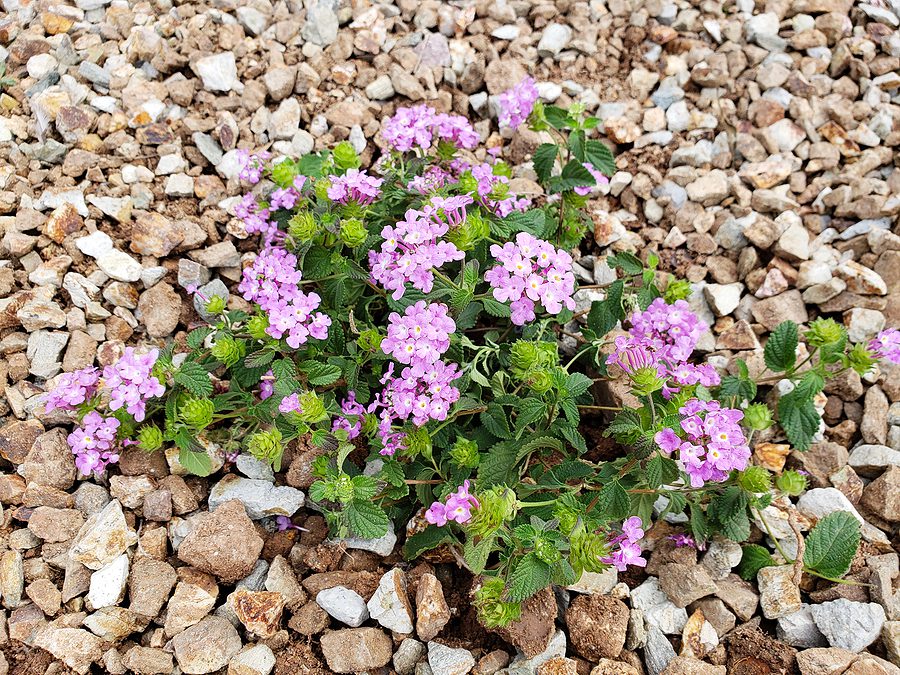Xeriscaping Explained and Ways it Can Save You Money

Because of a water shortage almost 40 years ago in Denver, Colorado, Xeriscaping was born. Innovation thrives in the face of adversity. Drought continued to be an issue for the Colorado city of Denver in 1981. During four years of water restrictions in an arid area, Denver Water came up with a new landscaping design that would change desert gardening forever.
The term “xeriscape,” which comes from the Greek word “xeros,” means “dry landscape.” Instead of using a lot of water, Xeriscape gardening is one option. As opposed to natural landscaping, Xeriscaping emphasizes the use of water-saving plant varieties.
According to Denver Water, Xeriscaping is based on numerous concepts.
Planning and Design:
In the first stages of Xeriscaping, the landscape is planned and designed. Water conservation may be maximized by selecting the right plants for a given situation.
Soil Improvements
Clay and sand make up most of the soil. Because sand-based soil is less able to retain water, it requires additional irrigation. However, clay soil is better at keeping water and does not dry up as fast.
Irrigation That Works
Xeriscaping promotes water efficiency for foliage, such as infrequent yet deep soakings, to foster deep root development. To use less water, you can make your automated irrigation system work better for each season by changing it to work better.
Zones of the plant
Minimizing water waste is as simple as grouping plants based on how much sunshine and moisture they require. To use less water and save money, you should plant strategically in places that have a lot of water.
The Application of Mulches
Mulch keeps soil and plant roots from drying out, reducing evaporation. It doesn’t matter if the mulch is made of organic materials or inorganic ones; the effectiveness of each depends on the direction the landscape is facing concerning the sun.
Turf Alternatives
Some of the turfs used in Xeriscaping are buffalo and blue grama grasses.
Maintenance
If you want to keep your xeriscape garden looking good, you don’t have to spend as much time and effort on it. Even though the main benefit of Xeriscaping is saving water, homeowners can also make money.
Xeriscaping Can Save Me Money in What Ways?
Reducing Energy Use
Using well-planned shrub and tree planting in Xeriscaping can lower a home’s cooling requirements by up to 45 percent. This may save the average household hundreds of dollars a year in utility costs.
Lower your water bill.
Nine billion gallons of water a day are used for lawn irrigation in the United States, according to the Environmental Protection Agency (EPA). Homeowners may save money on their water bills and help the environment by xeriscaping their yards.
Spend Less Money Over Time.
Traditional landscaping involves irrigation, plants, seeds, fertilizer, pest control, and labor, which may add up to a significant financial burden for the average homebuyer. Xeriscaping necessitates a smaller initial outlay and lower long-term costs. It is also worth mentioning that several states provide rebate programs for homeowners who install xeriscape landscaping, which can save them thousands of dollars in the long run.
